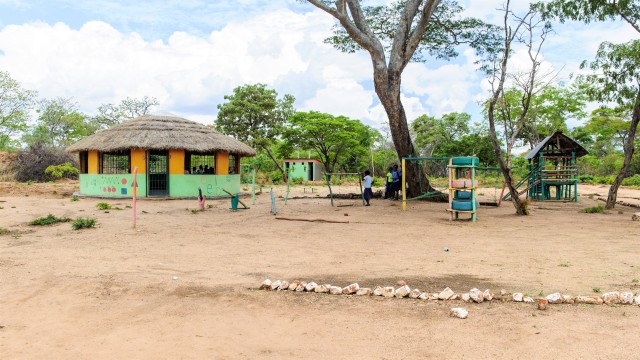Early Education in Zambia
Zambia has witnessed considerable growth in enrolments over the decade, from 84% to 119% for primary, and 37% to 79% for lower secondary, and primary completion is now close to 100%, putting the country a step away from universal primary education, and justifying it ranking 8th out of 28 African countries in terms of the EFA Development Index. Some significant challenges remain, however, including the further massification of secondary education, improving teaching conditions in favour of quality and learning achievements (the pupil to teacher ratio of 58:1 indicates that classrooms are clearly overcrowded, and 25% of youths are still not fully literate), and reducing dropouts, especially among girls. There is also a need to address concerns relating to access to preprimary, tertiary and adult literacy subsectors.
The fee-free primary education policy has contributed to the massive increase in school enrolment, to the extent that lower secondary has to drastically increase its capacity. For those pupils who pursue a secondary education, access to the second cycle is now pretty much guaranteed, although later higher education opportunities are limited. The most striking aspect of Zambia’s education pyramid points to the high dropout rate in lower secondary, underlining the need to improve internal efficiency given the scarce resource allocation.
Zambian children face a tremendous lack of classrooms, which results in double or even triple shift systems and high pupil-teacher ratios (58 pupils per teacher on average, well beyond the FTI target of 40 and the SSA average of 45). The most worrying issue, however, is the resulting low level of learning achievements. Zambia achieved the lowest scores in both reading and math of all countries participating in the 2007 SACMEQ evaluation. This is reflected in the low literacy rates, possibly the largest gap in the system. Although this is an understandable consequence of rapid quantitative expansion, it points to the urgent need to train and upgrade teachers and to increase effectiveness.
22% of public recurrent expenditure is devoted to education, which is favorable. However, there is general consensus that the country needs to increase its long-term commitment to public financing, especially of basic education. The budget distribution is unfairly weighted towards higher education.
Source: UNESCO EFA country profile


